Rising Energy Demand
The rising energy demand in South America significantly influences the utility asset-management market. As urbanization accelerates, countries like Argentina and Chile are witnessing increased energy consumption, necessitating efficient management of utility assets. According to recent estimates, energy demand in South America is projected to grow by 3.5% annually over the next decade. This surge in demand compels utility companies to adopt advanced asset-management strategies to ensure reliable service delivery. By optimizing asset performance and extending the lifespan of existing infrastructure, utilities can better meet the growing energy needs of consumers. Consequently, the rising energy demand is a key driver for innovation and investment in the utility asset-management market.
Technological Advancements
Technological advancements are a pivotal driver in the utility asset-management market. The integration of smart grid technologies, IoT, and data analytics is transforming how utilities manage their assets. In South America, the adoption of these technologies is gaining momentum, with investments in smart grid initiatives expected to exceed $5 billion by 2026. These advancements enable utilities to monitor asset performance in real-time, predict maintenance needs, and optimize resource allocation. As a result, utilities can enhance operational efficiency and reduce costs. The ongoing technological evolution is likely to create new opportunities for innovation within the utility asset-management market, as companies seek to leverage these tools for improved service delivery.
Infrastructure Modernization
The ongoing modernization of infrastructure in South America plays a crucial role in the utility asset-management market. Governments are increasingly investing in upgrading aging utility systems to enhance efficiency and reliability. For instance, Brazil has allocated approximately $10 billion for infrastructure improvements in the energy sector, which is expected to boost the utility asset-management market. This modernization effort not only addresses current inefficiencies but also prepares the infrastructure for future demands. As utilities adopt advanced asset-management practices, they can optimize resource allocation and reduce operational costs. The focus on infrastructure modernization is likely to drive the adoption of innovative technologies, thereby enhancing the overall performance of utility assets across the region.
Investment in Renewable Energy
Investment in renewable energy sources is reshaping the utility asset-management market in South America. Countries such as Brazil and Colombia are increasingly focusing on solar and wind energy projects, driven by both environmental concerns and economic incentives. The region has seen a substantial increase in renewable energy investments, with figures reaching approximately $15 billion in 2025 alone. This shift towards renewables necessitates sophisticated asset-management practices to integrate these new energy sources into existing grids effectively. As utilities adapt to the changing energy landscape, the demand for advanced asset-management solutions is likely to rise, fostering growth in the market. The emphasis on renewable energy not only supports sustainability goals but also enhances the resilience of utility systems.
Regulatory Framework Enhancements
Enhancements in the regulatory framework are shaping the utility asset-management market in South America. Governments are increasingly implementing policies aimed at improving the efficiency and sustainability of utility operations. For example, regulatory bodies in countries like Peru and Ecuador are establishing stricter guidelines for asset management practices, which compel utilities to adopt more rigorous management strategies. These regulations often include performance metrics and reporting requirements that drive utilities to invest in better asset-management solutions. As compliance becomes more critical, the demand for advanced tools and technologies in the utility asset-management market is expected to rise. This regulatory push not only fosters accountability but also encourages innovation within the sector.



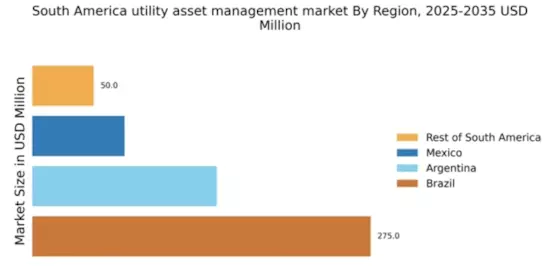
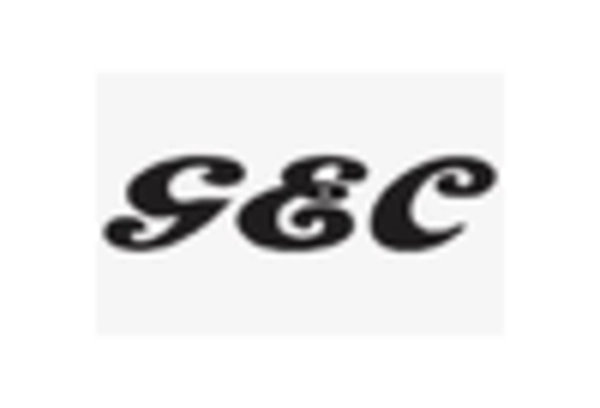
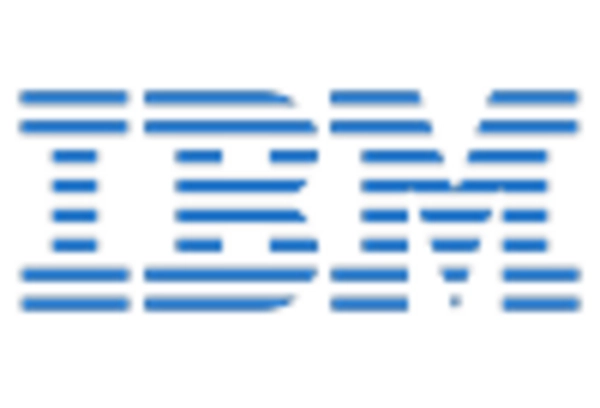
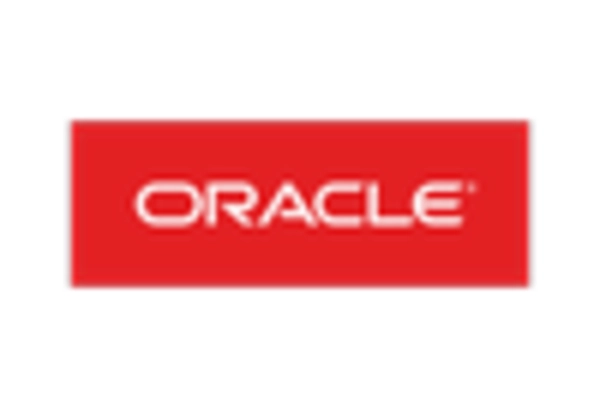
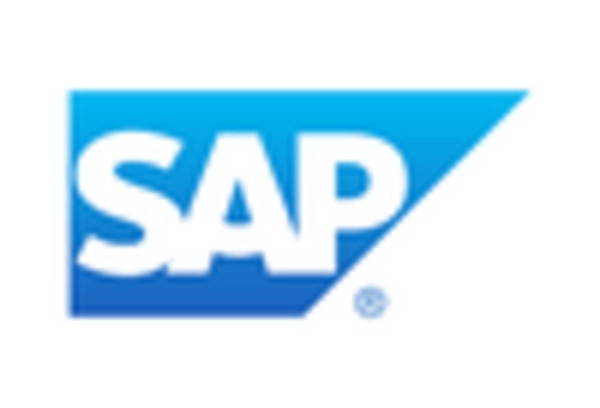










Leave a Comment